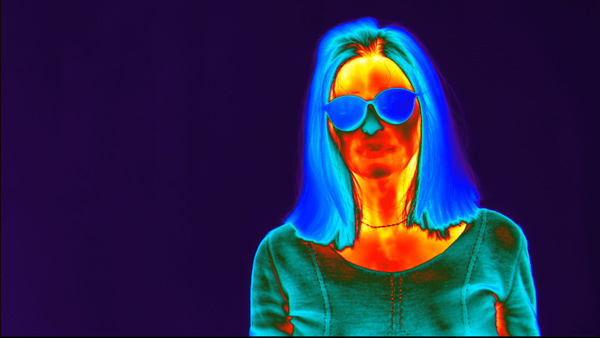In his latest video installation “Weed Killer” (2017), Patrick Staff approaches the topic of identity by juxtaposing the cancer patient’s experience with that of the transgender person’s and examining the ravaging effects that pharmaceuticals can have upon the individual.
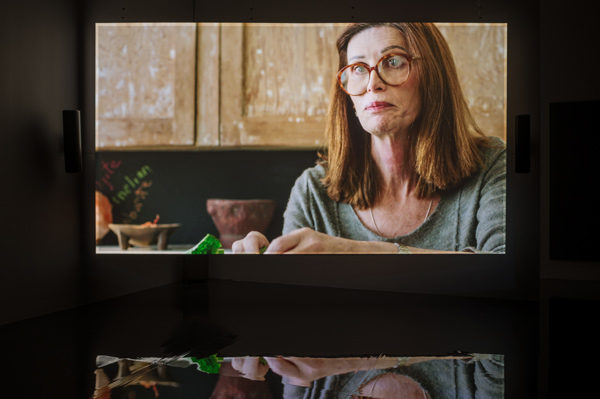
Installation view of Patrick Staff: Weed Killer, at MOCA Grand Avenue, courtesy of The Museum of Contemporary Art, Los Angeles, photo by Zak Kelley.
Inspired by Catherine Lord’s memoir, The Summer of Her Baldness (2004), Staff’s installation revolves around a monologue adapted from Lord’s book that equates chemotherapy to weed killer, aptly characterized as a noxious phosphate that causes severe damage under extreme exposure. Performed with devastating intensity by Debra Soshoux, who identifies as transgender, Lord’s words convey the arduous struggle of her treatment, which inflicted physical pain and left her feeling at odds with her body once she began losing her hair as well as her libido.
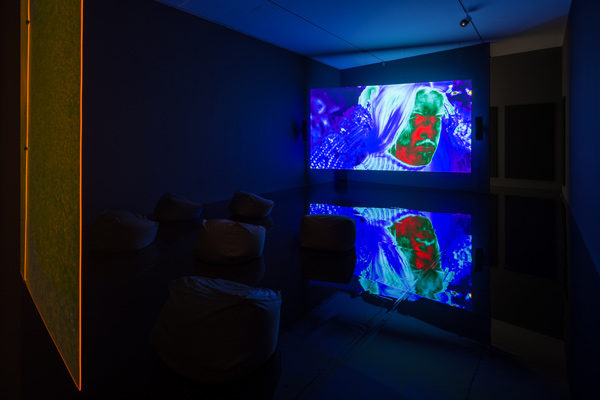
Installation view of Patrick Staff: Weed Killer, at MOCA Grand Avenue, courtesy of The Museum of Contemporary Art, Los Angeles, photo by Zak Kelley.
Randomly intercut throughout Soshoux’s poignant performance, are a sequence of ghostlike shots reminiscent of positive PET scans. Recorded with a high-definition thermal imaging camera, these scenes reflect the variances in temperature of both Shoshoux and Staff’s skin through a spectrum of bright colors that radiate like toxic pollutants.
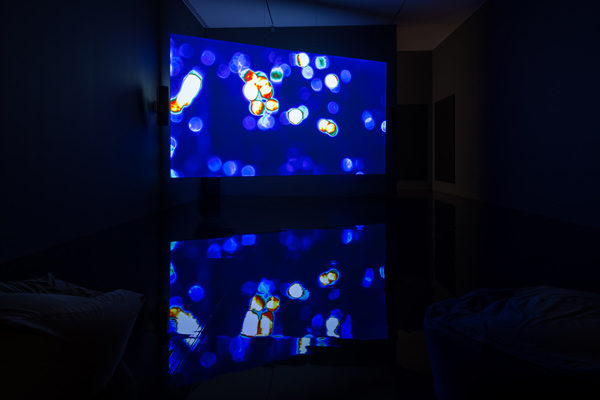
Installation view of Patrick Staff: Weed Killer, at MOCA Grand Avenue, courtesy of The Museum of Contemporary Art, Los Angeles, photo by Zak Kelley.
In one of these scenes, we see Staff remove a wig. The sequence is only seconds long but aptly captures how hair loss can nullify one’s identity by undermining even the most assured and secure personality. Equally powerful is a clip of Staff alongside a cement mixer, its churning contents characterizing Big Pharma’s capacity to produce both poisonous and healing compounds.
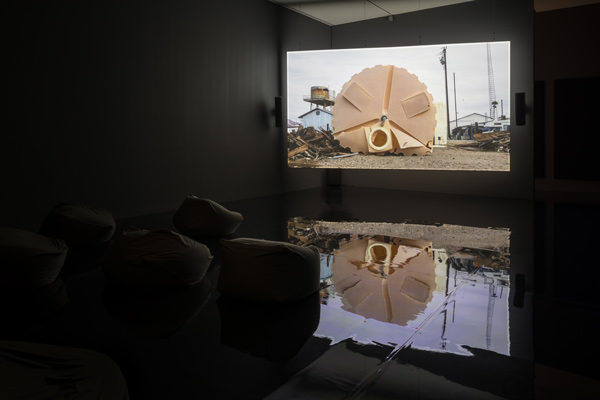
Installation view of Patrick Staff: Weed Killer, at MOCA Grand Avenue, courtesy of The Museum of Contemporary Art, Los Angeles, photo by Zak Kelley.
The final scene in Staff’s installation features artist Jamie Crewe, who, like Soshoux, identifies as transgender. Gowned in a sequined dress and theatrical makeup, Crewe conveys a vulnerable naivety that is at times difficult to watch. As if auditioning for the role of a lifetime, she lip-syncs to a torch song with relentless passion in a gay bar where her audience’s apathetic detachment reflects what viewers interpret as an unbridled desire to be recognized as the woman with whom she identifies.
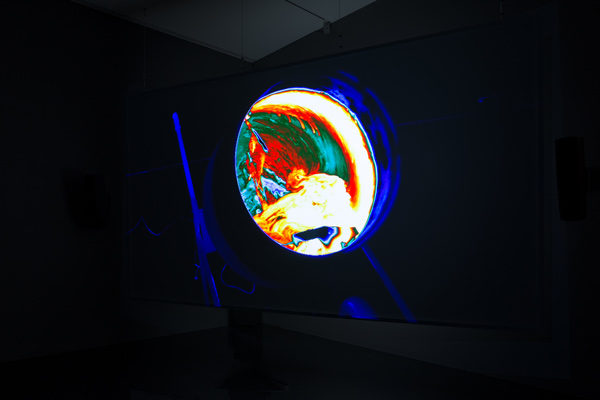
Installation view of Patrick Staff: Weed Killer, at MOCA Grand Avenue, courtesy of The Museum of Contemporary Art, Los Angeles, photo by Zak Kelley.
“Weed Killer” clearly delineates the conflicting nature of personal suffering that accompanies the ingestion of therapies that are often as toxic as they are curative. Yet Staff’s capacity to connect these two seemingly dissimilar groups by focusing on each of their experiences in relation to identity (as it applies to loss and longing) is what makes the installation so compelling, pushing viewers to examine the complexities that comprise identity and how the loss of one’s identity can impose truly devastating consequences upon one’s well-being.
Patrick Staff: “Weed Killer,” March 12 – July 3, 2017 at MOCA Grand Avenue, 250 South Grand Avenue, Los Angeles, CA 90012, www.moca.org.

